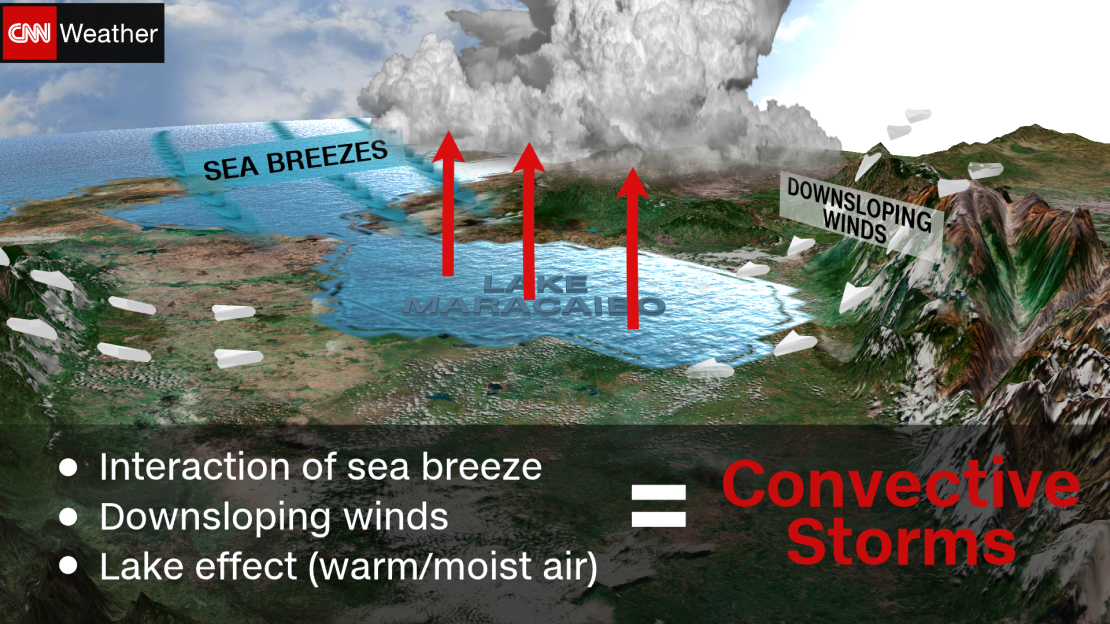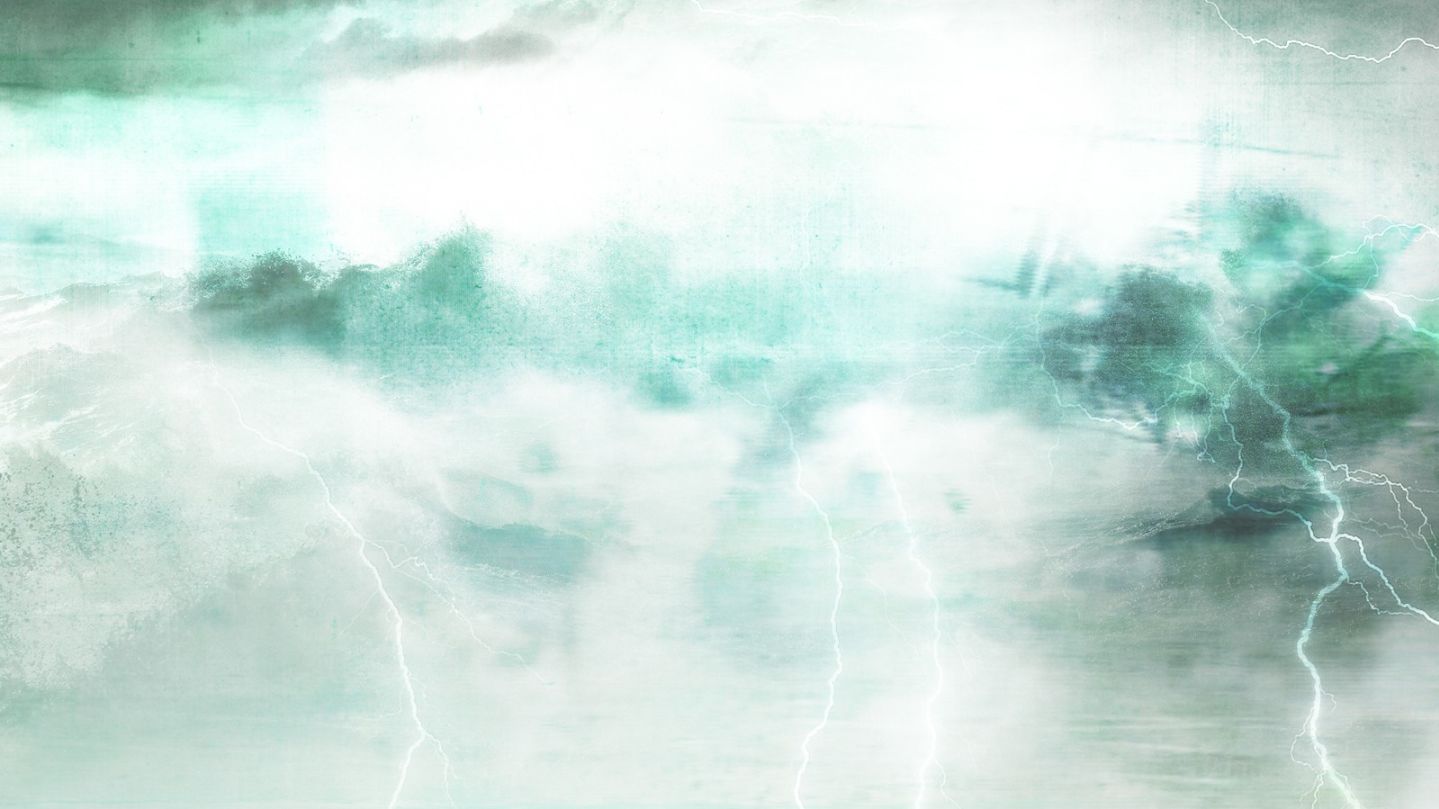Story highlights
NASA records an average rate of 233 flashes per square kilometer per year over the lake
Nocturnal thunderstorms develop at Lake Maracaibo on average 297 days per year
There is a new global lightning hot spot and it is not Florida or Africa. According to a recent study, the new lightning capital of the world is Lake Maracaibo in Venezuela.

NASA recorded an average rate of 233 flashes per square kilometer per year over the lake using observations from the lightning imaging sensor aboard a NASA satellite. The Congo Basin in Africa had previously been declared the site of the most lightning strikes.
The latest study was derived from 16 years of space-based lightning imaging sensor observations. It concluded that the combination of sea and mountain-valley breezes converging over the warm water of Lake Maracaibo lead to the development of nocturnal thunderstorms on average 297 days per year.

The persistent development of these thunderstorms centered around the same area provides for a high flash rate density, according to the research, described in the American Meteorological Society Journal.
Although Africa may have lost the top spot, it is by far the continent with the most lightning hot spots, followed by Asia, South America, North America and Australia.
Central Florida remains the lightning hot spot of North America, according to CNN meteorologist Pedram Javaheri.
The interaction between the convergence of sea breezes from the east and west side of Florida allows for storms to develop across central Florida. Typically, a concentrated area of lightning is more likely over land than over the ocean because of the influence of land topography; that was confirmed by this study.
The study also found that oceanic thunderstorms develop more frequently at night, while continental storms tend to produce the most lighting during the afternoon.




